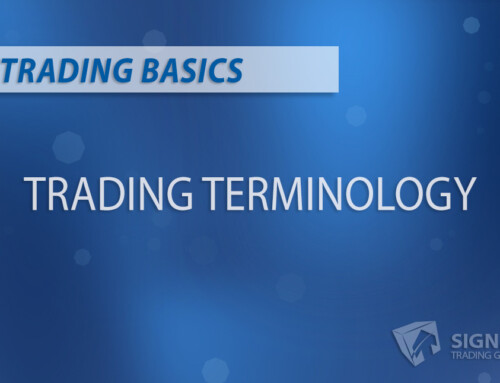Mastering Trend Trading 101
Trend trading is a time-tested strategy involving following the market’s direction to identify and capitalize on potential trading opportunities. In this comprehensive guide, we’ll cover everything you need to know to master this proven trading strategy, from understanding and identifying trends to analyzing key indicators and refining your trend trading approach.
Understanding and Identifying Market Trends
Before you can master trend trading, it’s essential to understand and identify market trends. A trend is simply the general movement of an asset’s price over time, either upward, downward, or sideways. There are three primary types of trends:
Uptrend: An uptrend occurs when an asset’s price consistently reaches higher highs and higher lows. This indicates a strong demand for the market and the potential for continued price growth.
Downtrend: A downtrend is characterized by lower highs and lower lows, suggesting a decrease in demand and a likelihood of continued price decline.
Sideways Trend: In a sideways or ranging market, the asset’s price moves mostly horizontally, with no clear direction or momentum. Traders can identify trends by examining price charts and looking for patterns or visual cues that indicate a specific trend direction.
Analyzing and Monitoring Trends
Once you’ve identified a trend, the next step is to analyze and monitor it to make informed trading decisions. Here are some popular techniques traders use to analyze market trends:
Support and Resistance Levels: Support and resistance levels are price points where an asset has historically encountered significant buying and selling pressure. These levels can help traders predict price reversals and identify entry and exit points for trades.
Moving Averages: A moving average (MA) is a commonly used technical indicator that helps traders identify trends by smoothing out price data and plotting a single line on a price chart. Some popular MAs include the Simple Moving Average (SMA) and the Exponential Moving Average (EMA). Traders often use two or more MAs of different timeframes to identify potential crossover points, indicating the start of a new trend.
Breakouts: A breakout occurs when the price of an asset moves beyond a previously established support or resistance level or breaks out of a consolidation pattern. Breakouts can signal the start of a new trend or the continuation of an existing one.
Recognizing Trend Reversals
Trend trading also involves identifying trend reversals or points where the trend changes direction. Some key indicators for recognizing reversals include:
Trendline Breaks: Trendlines are simple lines drawn on a price chart to connect either higher lows (for uptrends) or lower highs (for downtrends). A break in the trendline often signals a potential trend reversal.
Candlestick Patterns: Traders can use candlestick patterns, such as the ‘hammer,’ ‘shooting star,’ or ‘engulfing’ patterns, to identify potential reversals. These patterns can provide visual clues about possible changes in market sentiment and trend direction.
Technical Indicators: Various technical indicators, such as the Tide Level or Moving Average Convergence Divergence (MACD), can help traders identify when a reversal might be imminent by showing overbought or oversold conditions or suggesting a shift in market momentum.
Tips for Developing a Successful Trend Trading Strategy
Here are some actionable tips for traders looking to develop a successful trend trading strategy:
- Stay Patient: Patience is key in trend trading. Wait for clear indications of a trend before entering a trade. Once you’re in, remain patient and let the trend do its work. Exiting too early can result in missed profits.
- Use Stop Loss Orders: A stop loss order can limit potential losses if the market moves against your position. It’s a crucial risk management tool that can protect your capital.
- Combine Multiple Indicators: Using multiple indicators can provide additional confirmation of a trend and increase the likelihood of successful trades. Be careful not to overcomplicate your strategy with too many indicators, though.
- Regularly Review and Adjust Your Strategy: Market conditions and your strategy change. Periodically review your trades and adjust your strategy based on your performance and changes in the market.
- Keep Learning: The financial markets are complex and constantly evolving. Stay informed about market news and trends, continue learning about different trading strategies and indicators, and strive to improve your trading skills.
- Practice Risk Management: Never risk more than you can afford to lose. Set a budget for each trade and stick to it. Also, diversify your investment portfolio to spread the risk.
- Test Your Strategy: Use historical data or paper trading before implementing your strategy in live trading. This can help you identify any potential issues or improvements.
In conclusion, mastering trend trading requires a solid understanding of market trends, technical analysis, and a well-developed trading strategy. By following these tips, you can increase your chances of success in trend trading. Remember, while trend trading has the potential to be profitable, it also carries risk. So, always trade responsibly and never invest more than you can afford to lose.





